Fashion and trend are the most
recent words the adolescent hears, yet what's genuinely going on with it?
Fashion is the style and plan of
garments, frills, shoes, makeup, or hairstyles. However, trend is a piece of
fashion, it is a word which is known for moving one with regards to the most
recent assortment at a recommended time.
We, for the most part, hear individuals talking about fashion and trends.
The contrast between both words is
fashion changes for a specific season, environment, or climate. However, the style has a particular residency where individuals finish and go.
It is a half-year, 1 year, or 2 years of residency, yet now and then, it might reach out to in light of the remarkable
style. Fashion and trend occasionally imply something very similar or have an equal significance with an alternate word because both have a similar work to do, that is to 'pursue the direction' as
in wearing the most recent styles or fashions.
Fashion has a ton of styles through which one can pick, which is inconceivable.
It could be more consistent. Fashion is how one makes oneself by
wearing or utilizing various styles that investigate fashion. Whatever is "in" fashion will be famous; everybody needs it.
Characterizes 'fashion' as:
·
An overarching custom or style of dress, manners, mingling,
and so on, the most popular trend in dresses.
·
Customary use in dress, habits, and so on, particularly of
respectable company, or adjustment to it: The directs of fashion are outdated.
·
Way; way; mode: in a warlike fashion.
·
The make or type of anything: He loved the fashion of the
straightforward, tough furnishings.
·
A sort; sort: All fashions of individuals make up the
world.
The trend is an overall bearing where individuals will quite
often move. Trends resemble waves in the sea; they arrive at the shore occasionally. It has a delayed timeframe when the monetary market costs rise, and god go
down due to the interest of the specific trend. Individuals who live in
various pieces of the nation obviously will have multiple styles, different
thoughts, and various requests and will purchase materials appropriate to their environment, region, or society.
Characterizes 'trend' as:
·
The overall course or winning inclination; float: trends in instructing unknown dialects; the trend of occasions.
·
Style or vogue: the recent fad in ladies' attire.
·
The overall course is followed by a street, waterway,
shoreline, or something like that.
In the genuine sense, individuals should
track down their own specific manner to pick their style rather than another
person's. It's simply that you can be one of a kind by trying not to
be remarkable. Fashion is continually adjusting to characters. Fashion might
cost a lot, but you must purchase another outfit, decorations, etc. The most recent illustration of a fashion and trend is the Android
telephone. Individuals are following new innovations with cutting-edge
applications like anything without fussing over the expense. So, just
extravagant individuals might keep themselves with the most popular trend since
it's anything but a fundamental need of life to stay with; however, when the
trend accompanies the general public, you need to adjust to it to be a piece of
society.
What is the difference between fashion and style?
Fashion and style are two
things that are dependably firmly connected with one another. There are many
occurrences in which the two are utilized to depict fundamentally the same outfits or how an individual strolls or dresses. However, the thing
about fashion and style is that the two need to be utilized to depict
precisely the same thing. At the point when you talk about fashion, you, by and
large, are alluding to trends that are viewed as cool or fashionable. When you talk about style, you are, by and large, indicating things considered polished or fun to clothing.
Fashion and style:
The significant difference between
fashion and style isn't a major difference by any stretch of the
imagination. The difference is more by what is viewed as
fashionable. The explanation that this is critical to comprehend is a result of
the way that there are so many various ways that an individual can dress or
even wear their garments. Sometimes, an individual may just wear a particular clothing item for a specific event, which will be viewed
as fashion, assuming that individual decides to wear that item with a particular
goal.
Despite how, in different
circumstances, a fashion or style may be OK for a given circumstance, it doesn't imply that it is the trend picked by the individual
being referred to. An ideal illustration of this can be seen when you go out to
a party, and every other person is wearing a similar kind of clothing thing
through and through. This can be viewed as entirely fashionable; however, in one
more case, it would be considered totally crazy. In the end, however, the two
styles of fashion and style can be viewed as totally unique since they are
utilized to depict a similar sort of thing.
How do you identify a trend?
Fashion trends are the famous styles of
clothing and adornments at a specific second on schedule. Micro-trends, for
example, little shades and high-waisted denim, cycle through fashion in
only months up to a couple of years. Large-scale trends change throughout a
more drawn-out timeframe and have more to do with lifestyle and segment changes
than the most popular trend plans.
Why are trends significant in fashion?
We all wear clothes, whether made by famous fashion creators or ordinary
individuals. Specific individuals are liable for what you are wearing today.
Specific individuals give the offices to make the clothing we wear. These offices or facilitators are necessary for you and me to wear what our ancestors wore
back on schedule. Subsequently, this brings us to the significance of the fashion
industry in today's general public.
We live in a culture that
continually barrages us with instigations to purchase and collect stuff. Yet,
with regards to clothes, regardless of how full our storage rooms are, we can
frequently be heard to howl, "I don't have anything to wear." That's
because we regularly mistake fashion for style. Style is the capacity to out the labyrinth of things, decide, and decide, and as
such, we see ourselves in a manner with regard. With style, we stamp
our character on a game plan. Furthermore, our storerooms
consistently appear to be brimming with potential outcomes—it simply depends on what part of our personality we need to make substantial clothes that
day. Here are a portion of the advantages of pursuing fashion directions;
1. Fashion educates us concerning an individual
One significance of seeing
fashion is that it talks a lot about you. How you dress
or how you put your clothing tells what your identity is. In
any event, for individuals who couldn't care less about dressing or
how they dress, their outfits can represent them without much of a stretch.
Consequently, pursuing fashion directions as your very own result
personality is vital.
2. Fashion shields
Aside from wearing fashionable
clothes to shield us from different components, fashion can let us know what to
wear. By fashion trends, knowing when to wear at an explicit time or in specific circumstances is more straightforward.
3. Fashion helps to save time.
When pursuing current fashion directions, you get a smart thought about what to purchase
at a particular time. It likewise permits you to arrange on the web. In this
way, you can save time, cash, and energy.
4. Assists you with staying aware of the modern world
One fundamental justification
for why everybody should follow fashion styles is to keep mindful of the
contemporary world. We, as a whole, need to look snazzy and fashionable.
5. Makes Positive initial feeling
One extraordinary method for
making a decent initial feeling is pursuing fashion directions. A proper
outlook on addressing yourself radiates so that others might see it.
6. Makes somebody sure
As shown by the most
famous trend trends, dressing makes you feel free and confident while tending to people.
When you are optimistic, your technique towards everything yields positive
results.
Fashion is associated with all
that we do.
One significant effect of pursuing
direction is the delight that accompanies it. As a whole, we vibe great when we
wear fashionable and quality clothes. It likewise supports fearlessness and
helps us to have an improved outlook in requesting circumstances.
What makes a trend a trend?
Fashion trends are continually
evolving. A magazine consistently posts recent fad
motivation on last month's "do" in the
following month's "don't." With the new time of web-based media and
powerhouses, information on trends is spread quickly. Trends
used to start on runways, with the world-class acquiring elite knowledge into
what will be "in" the following season. In any case,
fashion bloggers post reasonable and available outfits, frequently uncovering
where somebody could buy the thing. While fashion trends appear to spread
rapidly, not every person commits to when a powerhouse wears a genuinely new
thing. The fashion is an impression of our general surroundings. It is another
work of art that gives life to the social, social, financial, or political
happenings in the public eye. Likewise, the article traces how once a
powerhouse or celebrity is in the spotlight, it can begin the trend for the general
population. These fashion trends can be addressed with Diffusion.
How new things spread among a
populace. The spread from powerhouse to an average individual does not consider how trends apply later. Another component is how companions can
impact each other to embrace another fashion trend. Depending on my experience,
I will generally dress the same as those at my school while keeping up with my central fashion instinct. Furthermore, when I moved from
the West Coast to the East Coast, there was a change in the clothes I wore.
Fashion trend movements can make individuals need to settle on the choice of
whether they need to change to the recent fad or remain with their present
style. A new illustration is the change from intense shadings to
quieted tones.
What are the current fashion trends?
The fashion scene is regularly
unforgiving of recent fads. Fashion frenzies will undoubtedly travel every
which way, so keeping steady with the current fashion trends is essential. You
can likewise look at the part with trendy, imaginative, cheap,
and simple-to-wear outfits.
With some innovative fashion
ideas, you might simplify your life and put your best self
forward in any circumstance. You can stir up your determination based on your style, body type, and
character.
1. Skirts over pants
There's a staggering subject in
this rundown: the resurgence of Noughties trends. Recall when we
used to mysteriously wear skirts over pants? However, this sketchy look appears to have
made a rebound with an honorary pathway update – as demonstrated by
Cush Jumbo at the GQ Men of the Year Awards in September. Assuming this prevailing fashion was only an insignificant blip on the radar, we'd be OK.
2. Logomania
This year, there's been a trend for joint efforts – think Balenciaga and Gucci, Fendi and
Versace, Skims and Fendi (once more). This implies high fashion runways have
been overwhelmed by half-and-half assortments – all with a heap of logos.
Logomania has been working for
quite a while, and this new time of collaboration suggests it's been taken to a more
significant level. Our new year's desire is a more stripped-back way to
deal with fashion, where logos aren't all that matters.
3. Belt skirts
In return to Christina
Aguilera's Dirty Time, nobody requested belt skirts, so they rebounded at Milan
Fashion Week because of Miu Miu. These are skirts so minuscule you can
scarcely plunk down in them.
4. Loose pants
Gen Z has broadcasted
thin pants 'over' and has prompted an ascent in super loose jeans. Case in
point: Adam Sandler was named the top trending VIP style star in Google's Year
in Search, and he's known for his loose pants and tops.
5. Driver caps
One more Noughties sturdy, the
driver cap – advocated by Von Dutch and VIPs like Paris Hilton during the 2000s
– has gradually been crawling into our Instagram takes care of this current
year. They've not had an advanced update – they look precisely as they
completed 15 years prior (also, individuals are, in any event, styling them with
minuscule, under-the-shoulder satchels for a genuine legacy vibe).
Hulu guarantees our interest in driver caps with the arrival of another
docuseries called The Curse Of Von Dutch: A Brand To Die For.
6. Outrageous bridle tops
Outrageous tank tops wore the
pants in 2020, and the 2021 variant of this suggestive trend has been bridle tops. This look can be cultivated with a scarf, expertly
moved past your chest and tied behind your neck. We're in no way, shape, or form
unwilling to show a touch of skin – yet this trend simply doesn't appear secure!
7. Girdles
A fixation on Bridgerton
assumed control over the initial segment of the year, starting a freshly
discovered love for bodice tops. While there are some adorable
choices, the look has become verversal – we're prepared for a new thing in
2022.
8. Larger than average fitting
A stylish loose jacket has a
general setting, yet the trend for larger-than-usual fitting was highlighted this year. We're not sure we can jump aboard with free
pants following on the ground – for all intents and purposes, they sound like a
bad dream.
9. Square-toed shoes
This was the staggering shoe
trend of the late spring: square-toed styles, most frequently seen with bunches
of lashes and in splendid shadings. The style has been depicted as 'flipper
shoes' – whenever you've heard that, it's difficult to shake the picture.
What are the latest fashion trends?
Because of the unfathomability
of the web and societies of today, trends are continually advancing and
reusing. Many trends famous today can be credited to the past many years.
Trends are cycles, and we can see designs regularly coming done in influxes of twenty years. We
see trends, or varieties of past trends from various years,
present today.
The following outlines
what ladies' fashion trends have changed over a long time to mean for styles
today.
1920s fashion trends
Following the finish of WWI,
the style of the 20s was basic. Coco Chanel, an unmistakable fashioner of the
time, symbolized ladies' fashion.
Adaptability was a typical
topic of womenswear. Savvy textures were regularly used to set aside cash.
As of now, flapper-style
dresses are highly famous among big names. This outfit style made a
fabulous evening look, a long way from the effortlessness of most daywear.
Many of the
looks from the 2021 yearly Met Gala originated from 1920s fashion, embodying
the flapper style. Barbie Ferreira displayed the 1920s flapper style that arose
during the 20s. Her dress was silver and white in shading and had a periphery, a
famous component of the time.
Many ladies' fashion
was exceptionally male/female and had an extremely innocent flare.
It additionally turned out to
be all the more socially adequate to wear active clothes and active apparel, a
style men had been wearing for quite a long time, which, at this point, was promoted
for ladies by Coco Chanel.
Some powerful fashion symbols
at the time were Louise Brooks, a quiet film star, Anna May Wong, the principal
Asian-American entertainer in Hollywood, Clara Bow, a 1920s "It
Girl," and Coco Chanel.
1930s fashion trends
The trends of the 1930s were
exceptionally impacted by entertainers and motion pictures. Ladies needed to
copy the style they saw on film from sleek ladies in Hollywood.
A more exquisite female
outline arose toward the start of this decade, bringing back lower leg-length
hemlines and average waistlines. Perfectly sized clothes, custom-made to ladies'
bends, became a staple, making more tight-fitting textures like silk and
silk more well known.
Dynamic prints like zebra,
flower, plaid, and polka dots became well-known during the 30s.
Fashioners like Coco Chanel and
Elsa Schiaparelli set the precedents for the decade. Greta Garbo, Marlene
Dietrich, Joan Crawford, and Bette Davis were among the style symbols of the
age.
1940s fashion trends
Because of WWII, fashion during
the 1940s depended heavily on utility clothing like garb.
Straightforward yet sharp was
the mantra of the decade. Strong lines, great extents, cushioned shoulders, and
secured midriffs were seen regularly.
Suits, both for people, were
trendy. They were adaptable and effectively made. These suits arose due to a
Mexican-American development featuring correspondence. These suits, regularly
called "zoot suits," passed on a feeling of force.
Even though straightforwardness was normal in clothing at that point, architects like
Norman Novell and Claire McCardell needed a change-up. These influential
architects acquainted sequins and shimmers with prepared-to-wear clothing and
brought back the lively, more easygoing look initially advocated by Coco Chanel
during the 1920s.
Textures like silk and fleece
were exceptionally restricted, and denim and pullover textures were standard
for clothing.
Following the finish of the
conflict, Christian Dior's dispatch of "The New Look" surprised the
world. The misrepresentation of trends from many earlier years and prior during
the 1940s clamped midsections, long skirts, and adjusted shoulders made a
rebound.
Katharine Hepburn was a fashion
symbol of the decade. She epitomized American style and frequently wore active
clothes. Ensembles assumed a significant part in Hepburn's style. Edith Head, an
ensemble fashioner, when said, "One doesn't plan for Miss Hepburn. One
plan with her." This means that Hepburn was intensely associated with making her clothes due to her fashion sense.
1950s fashion trends
Wandering from the earlier years' advancement of gender-ambiguous clothing, the 1950s were about polish,
custom, and embellishments for ladies.
Different prints, such as polka specks, stripes, and pastel tones, became trendy. This was when working-class individuals initially sought abundant clothes, not simply necessities.
Architects played with various
styles, constructions, and prints. Nipped, firmly corseted midsections with
full skirts were a staple of the decade. New planners, for example, Cristobal
Balenciaga and Hubert de Givenchy, presented new outlines and plan components.
They proceeded with the presentation of active apparel and an extremely
American style.
Wrap dresses and matching sets
were seen on numerous young ladies who favored a less conventional style.
Immaculate hair, outfits, and thick adornments were likewise significant during
the 1950s.
Leaving the conflict and
apportions previously, this decade dominated in extravagance and charm. Fashion
symbols of this decade incorporate Audrey Hepburn, Grace Kelly, Marilyn Monroe,
and many more ladies who changed fashion everlastingly by testing the
limits of fashion.
1960s fashion trends
Fashion during the 1960s turned
out to be progressively more easygoing. The "Flower child" style was
trendy.
1960s styles kept trying
different things with more intricate examples, following the new impact of
Space Age style and youth impact.
Skirt suits became
exceptionally well known then, a staple style for First Lady Jackie
Kennedy. Matching sets, set up with many matching embellishments, were
incredibly slick during this decade.
'Swinging London' was the term
instituted for the decade. Mary Quant, a planner driving the peculiarity,
highlighted fashion and music that pulled in youth. It was a perky, honest
style that contrasted with the more conventional trends of established
Americans.
The miniskirt — a staple of
this fashion time and consistently later — was promoted. This
article of clothing took a considerably more energetic twist on longer,
underneath-the-knee skirts that individuals had worn for a long time.
These plans were primary yet
inventive, tasteful, and energetic. Shops had a calm air that attracted
youngsters, serving to standard these plans. The Beatles, The Who, and Twiggy
were all compelling in fashion during this time.
Sixties styles additionally
honored logical advancement. Both fashion and inside plan took on a more
advanced look and started investigating new textures like polyester, PVC, and
acrylic. Catsuits, patent calfskin, gogo boots, and unclear waistlines were all
well-known styles of the decade. "Mod" plan and radical styles were
viewed as road styles.
This decade was another sunrise
of fashion, totally changing the trends of many earlier years that changed
fashion culture. Fashion symbols of the time incorporate Twiggy, Audrey
Hepburn, Diana Ross, and Jackie Kennedy.
1970s fashion trends
The 1970s was a notable decade
for nonconformist styles and fashion overall. This continued in the
60s, making fashion considerably more available to everybody at different
sticker costs.
Manufactured textures were
advocated then, making the 70s known as the "Polyester
Decade."
The fashion of the 1970s was an
investigation of various styles while likewise thinking back and taking
motivation from many different years.
Radical fashion, luxurious
disco outfits, and grassland dresses were trendy.
This style turned into a method of dismissing standard fashion through
carefully assembled materials and configuration, yet was as yet taken on to
runways by high fashion originators. Components like interwoven, stitching,
beading, sewing, and weaving became well known.
The grassland style was thought back ever, consolidating midi-length skirts, dresses, and botanical examples,
a blend of Victorian and flower child trends.
Through the advocacy of the
disco during the 70s, glossy silk, sequins, polyester, and velvet were staples
of progressively glamorous nightwear.
Miniskirts, dresses, and
shorts, likewise alluded to as "hot jeans," could be found in any
storage room.
There was additionally a shift
from heels to shoes due to the commotion of dance.
Womenswear turned out to be more affected by menswear and ladylike styles. Some style symbols of
the time incorporate Bianca Jagger, Farrah Fawcett, Iman Abdulmajid, Debby
Harry, and Liza Minnelli. The 1970s affected fashion for many years
and will proceed later. It was the blast of trends that set up for both high
fashion and regular wear.
1980s fashion trends
The 1980s style was overwhelmed
by trendy active apparel.
Ladies wore dance-propelled
clothes like off-the-shoulder pullovers, leg warmers, and tights, which were
both agreeable and trendy. Jersey materials and tight-fitting clothes were
ordinarily seen on the runway and in daily existence.
This decade achieved the
"New Romantic" style.
Fashion architect Vivienne
Westwood assisted with promoting the trends of puffed sleeves and immense
adornments like belts and neckbands, generally speaking, an extraordinarily intense
and luxurious style. Princess Dianna's wedding dress mirrors a ton of the well-known
styles of the 1980s.
As ladies acquired their part
in the public eye, a gasp and coat, overcoat, and skirt mix became
normal, frequently alluded to as "power dressing," turned into a
thing. Ladies rose in positions and needed to mirror their places of strength
utilizing cushioned shoulders and intense frills.
Calfskin was a texture
vigorously utilized during the 1980s and hit the runway by Christian Lacroix,
another creator.
Daywear has now accepted the "preppy" title, a look well-known today. It was a
twist on conventional menswear: overcoats, weave sweaters, and business shirts.
This was a university style, for the most part, worn by affluent teenagers.
The most unbelievable style
symbol of this decade was Princess Diana. She is the exemplification of 1980s
fashion trends.
1990s fashion trends
The 1990s were by a wide margin
the most easygoing decade from some earlier decade.
Grit clothing became the
overwhelming focus, and free, loose clothing was well known.
Supermodels set the norm for
trends and affected the fashion business. Notorious fashionistas like Cindy
Crawford, Naomi Campbell, Linda Evangelista, Kate Moss, and Christy Turlington
molded this decade's clothing.
Following the presentation of
active apparel, biker shorts, stockings, curiously oversized pullovers, and Keds
shoes were as yet well-known style decisions.
The 1990s saw fashion impact
from the 1960s and 1970s with punk styles like plaids, miniskirts, and flares
that began in Seattle but were advocated wherever by the 90s.
Vintage and frugality shopping
became noticeable consistently.
An exemplary 90s look would incorporate very loose pants, a curiously oversized wool shirt or some
likeness thereof, a couple of Doc Martens, a fragile slip dress, and a
thick pair of boots to coordinate.
Towards the end of the decade,
with an impact from Britney Spears and the hit film "Confused," a
student-like look arose: edited tops and sweaters, child doll
shirts, scaled-down skirts, and knee-high socks.
Pulling from the 1940s, a
utility look became standard again, making freight jeans and weighty
marking trendy.
Some style symbols of the
decade incorporate Destiny's Child, JLo, Jennifer Aniston, Kate Moss, Winona
Ryder, Drew Barrymore, Britney Spears, Gwen Stefani, Julia Roberts, and a lot
more persuasive ladies of the decade.
2000s fashion trends
Fashion regularly follows
culture.
2000s fashion carried many trends from the 90s; however, with the blast of innovation and the web,
trends were spreading like out-of-control fires.
This decade presented a shading
range of many dark and metallics.
Low-waisted pants are a staple
trend of the decade. Pants were acknowledged in all limits during this decade,
taking off to the most notorious trend. Brands like "Genuine
Religion" and "7 for all Mankind" squashed in the denim office.
The mid-2000s promoted low-waisted flare pants, advancing toward a more
tightened fit alluded to as "thin pants" in 2005.
Wandering somewhat from the
muddled grit look of the 1990s, the 2000s look took a more complex grit look.
Many 2000s trends
rotated around being more liberated; smaller than usual skirts, super low
ascent pants, and edited tops were trendy. Little slip tops and
dresses were seen on famous people like Nicole Richie and Kim
Kardashian.
Ugg boots were additionally desired by many.
A ton of originator styles on
the runway displayed exceptionally complimenting pieces, ladylike outlines,
square neck areas, and corseted abdomens.
Taking from the 1970s, velvet,
explicitly on tracksuits, was in.
Tragically, however, the 2000s
is where the blast of quick fashion started.
Big names used a considerable measure
of style power at that point. Paris Hilton, a symbol of the age, set the norm
for fashion during the decade. Some other style symbols of the decade incorporate
Britney Spears, Avril Lavinge, Lindsay Lohan, Christina Aguilera, Beyoncé,
Sarah Jessica Parker, Nicole Richie, the Olsen twins, and thus, a lot more
noticeable ladies.
2010s fashion trends
From 2010-2019, the immediately
spread data and outfit pictures sanctioned trends for now. Web-based
media forces to be reckoned with could impact how
individuals dress.
High fashion became much
more innovative than at any other time, stretching the boundaries and causing eye
rolls from the majority.
There was a flood in
high-waisted pants, vigorously varying from the earlier decade. The preppy look
that arose during the 1980s was still vigorously every day.
Unlike in the 1990s,
shoes became compliment, less stout, and less grit.
Pants kept on being generally
acknowledged on more events.
There was additional
sentimentality for a very long time during this time. Further into the
decade, there was an ascent during the 1990s and 2000s trends. A portion of the
style symbols of this decade were Rihanna, Billie Eilish, Bella Hadid, the
Kardashian sisters, Tyler, the Creator, Harry Styles, Zendaya, and numerous
others.
How have these decade's trends transformed into what we see now?
In 2021 and 2022, we see a more male/female
style coming from the 1920s. From the 1930s, we see a more perfectly sized style
and silk dresses like slips, likewise exceptionally famous during the 1990s.
The 1940s presented denim as a
typical texture and a utility/freight style. The 1950s achieved corseted
abdomens and a weighty measure of extras, both famous in the present
style principles.
The 1960s and 1970s presented
miniskirts and hipster styles and lively examples. The 1980s advocated active
apparel and athletic style.
The 1990s and 2000s
standardized sweats and pants for each event. High-waisted pants also
keep on being well known among many individuals, a trend that is harking back
to the 2010s.
Fashion is about the decision, acting naturally, and addressing yourself the way that you need, so even though trends are enjoyable to follow and intriguing to think
back on, how you dress is dependably dependent upon you.
What do you call modern clothing?
Modern clothing today isn't
simply dresses, jeans, or coats with layers expected to stow away from the cold
and intrusive eyes. All things being equal, clothing is essentially a style and
an impression of the inward world, notwithstanding warmth and solace; clothing
is an image of your character and an open message to the encompassing
mankind. What's more, for the more youthful age, clothing is likewise a steady
wellspring of stylish delight and satisfaction, an incredible demeanor, and a
method for expanding your confidence.
Moderation implies
limiting boisterous tones notwithstanding uproarious mess. Lately, road style
has developed into something more optimistic and uplifting, and some key trends
that have arisen are making interest through outline shading examples and
well-fitting clothes.
What are modern clothes?
Most modern formal and
semi-formal clothing is in this classification (for instance, dress shirts and
suits). Pressed clothes are accepted to look spotless, new, and slick. Much
contemporary, easygoing clothing is made of sewing materials that don't promptly
wrinkle and don't need pressing.
For what reason, in all actuality, do individuals wear modern
clothes?
A few justifications exist for why many individuals choose modern clothing as
separated from day-to-day existence. First and foremost, they give a feeling of
solace to individuals who dress them. They can wear them either in work or
social settings, while conventional clothes simply wear on some extraordinary
events.
How do you find fashion trends?
The
method involved with picking trends has definitely changed consistently. Some
time ago, trend forecasters depended entirely on what they found in creator
fashion shows. Presently, on account of web-based media, a VIP Instagram post
could decide a trend.
The following are four different ways trends are picked in
the 21st century:
1. Fashion/Runway Shows
While
fashion/runway shows won't be the best way to decide trends any
longer, they're as yet a primary consideration. All things considered, runway
looks are made by the best fashion originators on the planet. Considering that each show features a few unique pieces, it's the general
topic that trend forecasters pay special attention to. In 2020, architects
brought cashmere and fleece into the fashion business again with a few
"comfortable" runway looks. Cashmere two-piece sets and
fleece tops have become generally accepted fashion trends. It's critical to
take note that one of the advantages of fashion shows is variety. A trend
forecaster will observe different clothing on a New York catwalk than on a Tokyo runway. That is why trend forecasters focus on fashion in all
aspects of the world.
2. Big names and Influencers
There's
no denying big names affect fashion trends. Indeed, even big names unknown to the fashion world can rouse next season's must-have look. Why? Big names have fans who keep a close eye on them. For some, they're a wellspring of data, so organizations pay big names to embrace their
brands. Take artist lyricist Billie Eilish, for instance. Her style
of wearing free and loose clothes has roused a whole age of fans to do
likewise.
3. Fashion Bloggers
You
may wonder, "What's the difference between a fashion blogger and a
powerhouse?" While there can be some crossover between the two, consider
fashion bloggers a more believable source. Fashion bloggers have typically gone
to class for fashion or have long periods of industry experience. In light of
their experiences, their fashion suppositions come from a more educated spot.
Some fashion bloggers are creators or trend forecasters who share their mastery
through web-based stages.
4. Ordinary Looks
In all honesty, trend forecasters focus on what everybody wears. They'll make note of the ordinary looks they see while snatching espresso or going to the supermarket. Big names and fashion bloggers are just some individuals who can motivate a trend. As indicated by Catriona Macnab, WGSN's boss imaginative official, checking trends is a consistent undertaking. "We can follow what's going on realistically from one side of the planet to the other," she told The Debrief. "Assuming something's going on in one city, we'll track that and see where it may hit straightaway and next and next. The client requests moment fashion, and they need the trends worn by superstars immediately. So we need to respond to it. It can change even week by week." Fashion trends can appear suddenly and vanish similarly as fast. They can even return years after the fact, for apparently no explanation. Since trends are continually changing, trend forecasters need to stay on guard. They must focus on what VIPs are wearing, what architects are creating, and what shoppers are drawn to. Through this cautious perception, trends are conceived, and buyers' requirements and wants are met.
 A World Shopping
A World Shopping



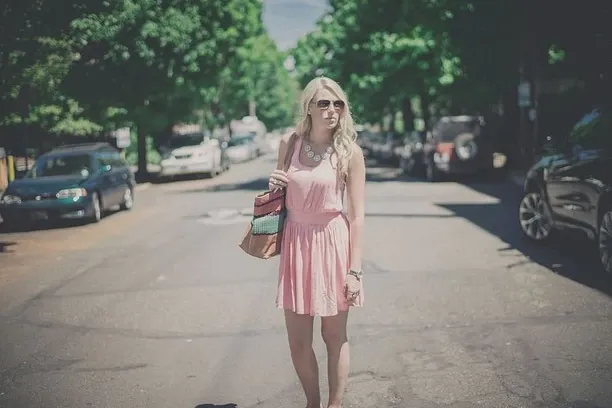



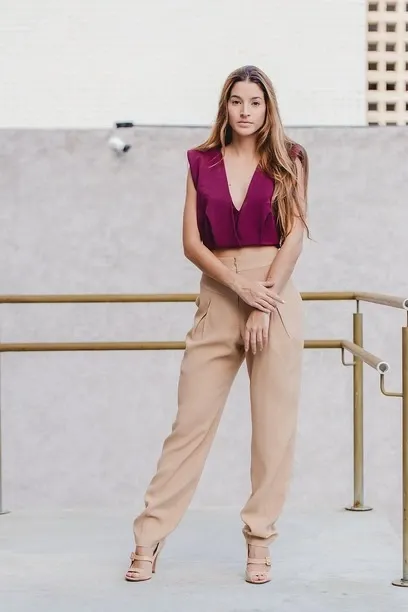
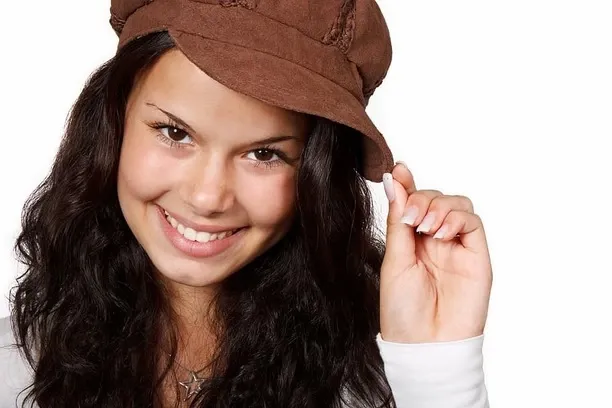


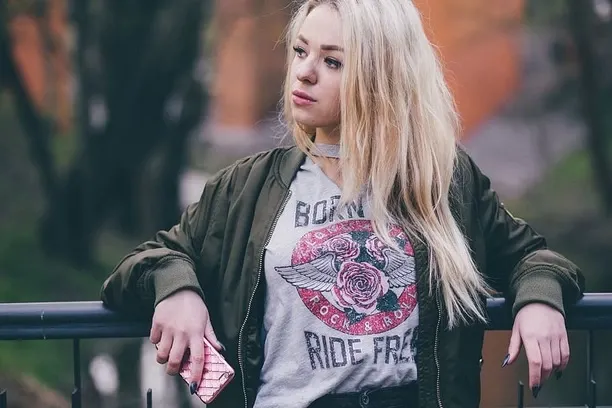
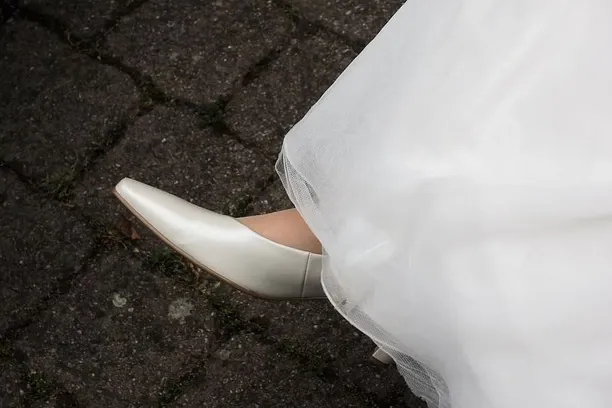
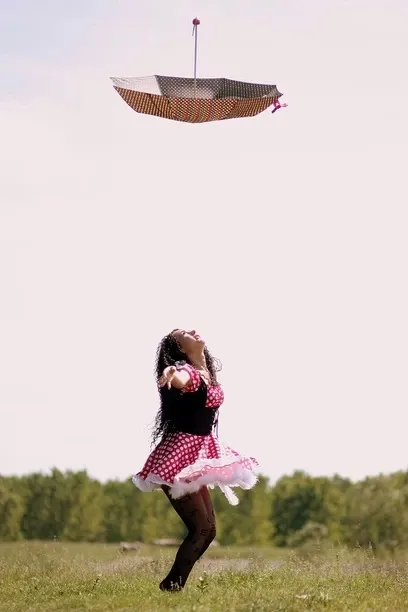


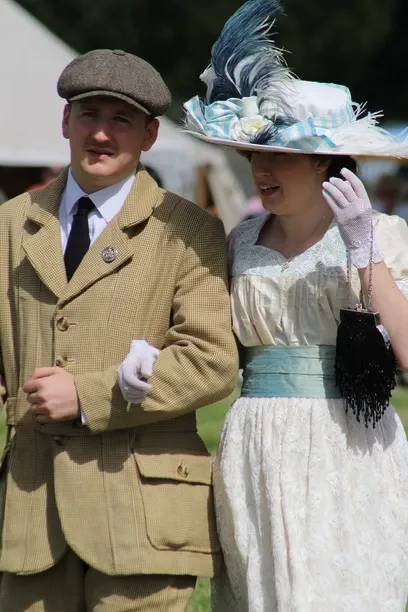
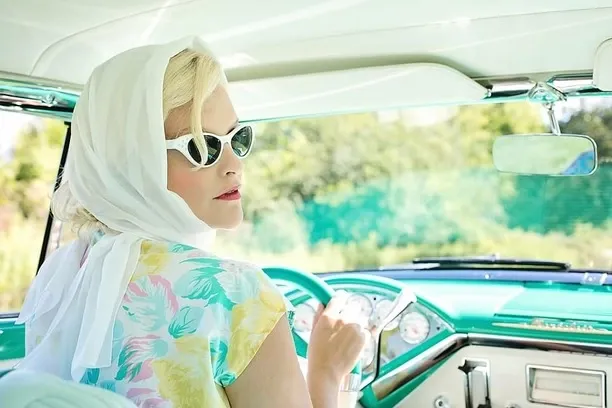

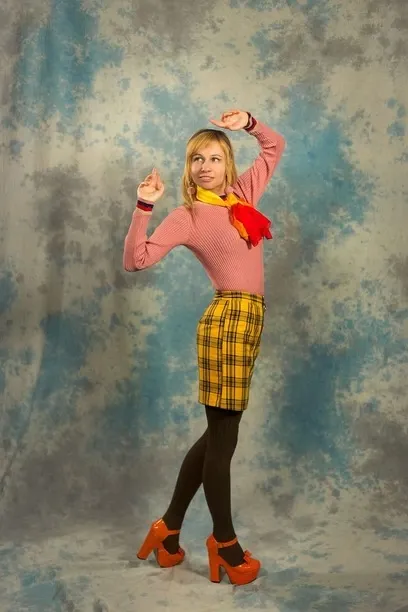
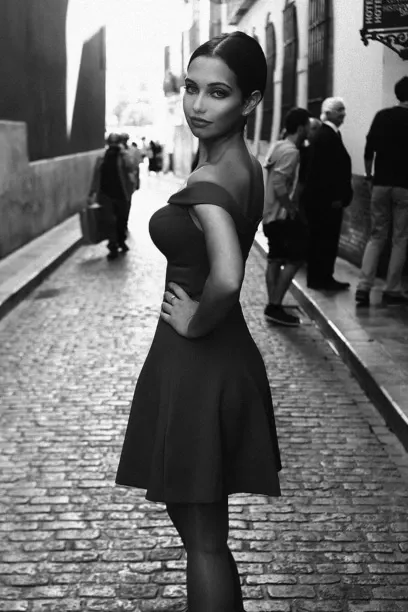

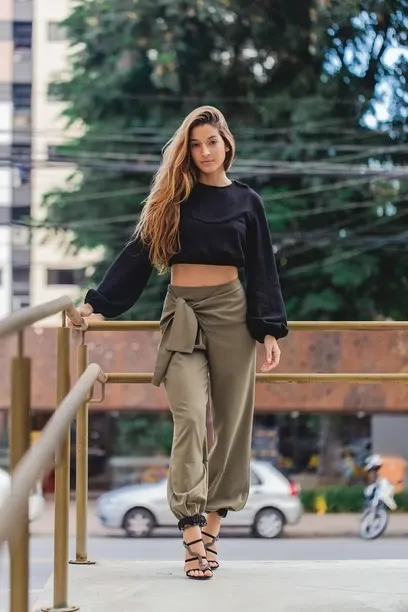

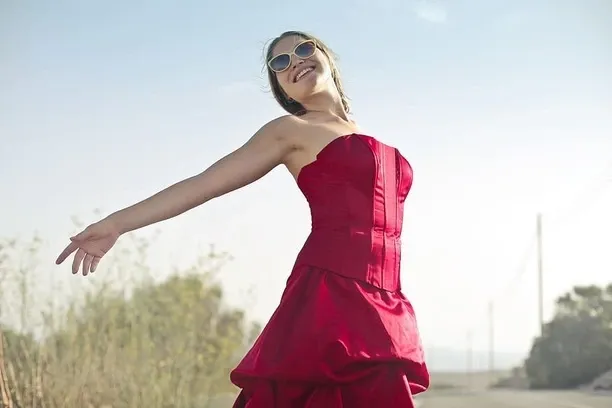
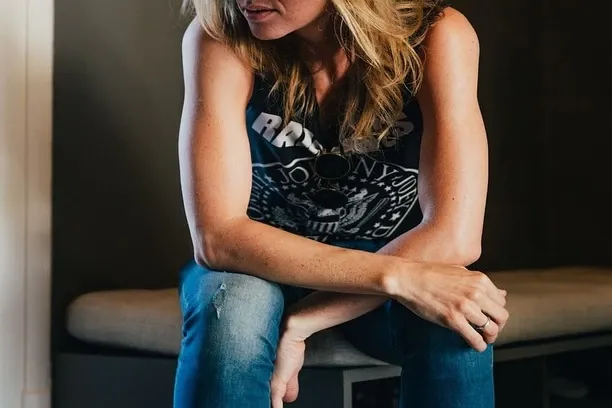

0 Comments